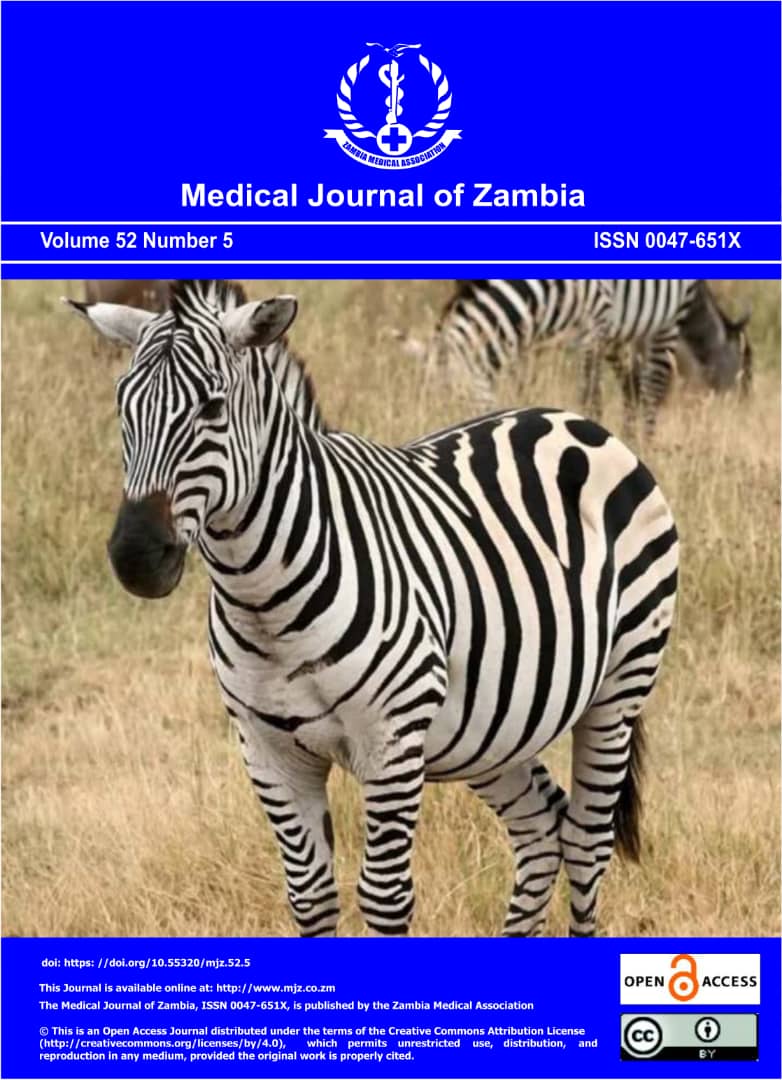Comparing Electrocautery to Sharp Dissection in Flap Raising for Mastectomy: A Systematic Review and Meta-analysis
DOI:
https://doi.org/10.55320/mjz.52.5.795Abstract
Background: Postoperative seroma prolongs hospital stay and increases the cost of healthcare, particularly in resource-constrained settings, where patients are often kept on admission for drain care after mastectomy. The choice of instrument could affect the seroma rate after mastectomy. Hence, we compared postoperative complications between sharp dissection (scalpel and scissors) and diatherm-raising skin flaps in mastectomy for breast cancer.
Methodology: We performed a systematic review of studies that compared sharp dissection (using scalpels and scissors) and diathermy, adhering to the Preferred Reporting Items for Systematic Reviews and Meta-Analyses (PRISMA) guidelines. PubMed and Google Scholar were used for the literature search. RevMan 5.4 was used for the analysis. The outcomes compared were seroma formation, total effluent volume, duration of surgery, and occurrence of flap necrosis between the two groups, as reported in the retrieved studies.
Result: We incorporated data from ten randomised control studies. The seroma rate was low when sharp dissection (scalpel or scissors) was used during mastectomy (OR = 3.09 (2.11 to 4.53), p < 0.001, I2 = 0%). However, the duration of the operation was prolonged in the sharp dissection cohort compared to the diathermy cohort [MD = 24.59 minutes (3.07 to 46.11) p = 0.03, I2 = 99%]. There was no difference between the two techniques when the total volume of effluent and occurrence of flap necrosis were analysed.
Conclusion: The outcomes of our study underscore the importance of considering the techniques used for flap raising in mastectomy. This finding challenges the prevailing over-reliance on diathermy, particularly in resource-constrained settings. This study provides valuable insights for surgical decision-making in the overall management of breast cancer.
Downloads
Downloads
Published
Issue
Section
License
Copyright (c) 2025 Medical Journal of Zambia

This work is licensed under a Creative Commons Attribution-NonCommercial 4.0 International License.









